Ensuring Wellbore Integrity: Technologies and Best Practices
Wellbore integrity is a critical aspect of oil and gas drilling operations since it prevents fluid leakage, gas migration, and environmental contamination. To ensure the integrity of wellbores, a combination of modern technology and best practices must be used throughout the well’s lifecycle, from design and construction to production and, eventually, abandonment. In this article, we will explore the key technologies and best practices essential for ensuring wellbore integrity, as well as how simulation technology used for wellbore integrity.
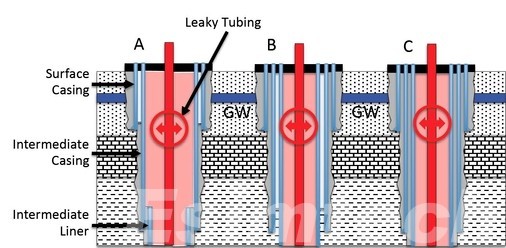
Understanding Wellbore Integrity
Wellbore integrity is the ability of a wellbore, which is commonly drilled for oil or gas extraction, to preserve structural and functional integrity over the course of its operating life. It includes several critical components intended at assuring the safe and effective extraction of hydrocarbons while reducing threats to the environment, personnel, and surrounding communities. Understanding wellbore integrity involves considering various factors that can affect the integrity of the well, including design, construction, operation, maintenance, and regulatory compliance.
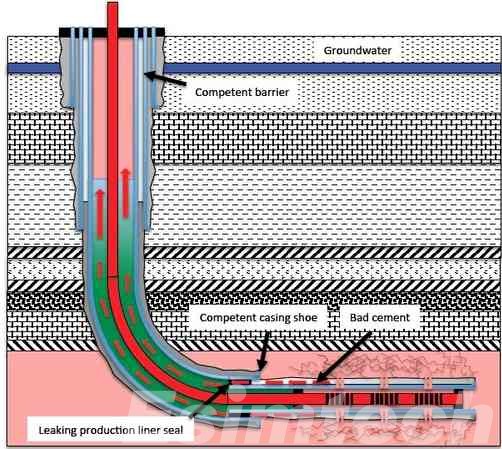
Key Technologies and Best Practices for Ensuring Wellbore Integrity
1. Advanced Casing and Cementing Technologies
Casing and cementing are critical components in maintaining wellbore integrity. Advanced casing designs, such as premium connectors and corrosion-resistant alloys, increase structural integrity and resilience to downhole forces. Furthermore, advances in cementing technologies like as lightweight cements, self-healing cement formulations, and foam cementing improve zonal isolation while reducing the risk of gas migration and annular pressure development. Using centralizers and casing accessories improves cement placement, resulting in a uniform and effective seal between the casing and the formation.
2. Well Design and Construction
A robust well design is the cornerstone of wellbore integrity. It requires rigorous planning that takes into account geological conditions, reservoir characteristics, and operational requirements. Using procedures such as hydraulic fracturing necessitates careful thought to reduce the danger of induced seismicity and casing failure. Moreover, utilizing corrosion-resistant materials and proper casing centralization techniques during construction enhances the structural integrity of the wellbore.
3.Real-Time Monitoring and Surveillance Systems
Real-time monitoring and surveillance systems provide essential insights into the health of the wellbore, allowing for early diagnosis of integrity issues and rapid intervention. Distributed temperature sensing (DTS) and distributed acoustic sensing (DAS) systems continuously monitor temperature, pressure, and acoustic signals along the wellbore to detect anomalies such as fluid ingress, casing deformation, and formation instability. The integration of data analytics and machine learning algorithms improves predictive capabilities, allowing operators to foresee future integrity issues and take proactive measures.
4. Well Integrity Management Practices
Implementing robust well integrity management practices is essential for maintaining the integrity of wellbores throughout their operational lifecycle. This involves conducting risk assessments, developing comprehensive integrity management plans, and establishing rigorous inspection and maintenance protocols. Regular inspections using techniques such as casing inspection tools, magnetic flux leakage (MFL) testing, and electromagnetic thickness gauging help identify corrosion, cracks, and other integrity threats. Implementing a risk-based approach allows operators to prioritize maintenance and remediation activities based on the severity and likelihood of potential failures.
5. Well Control and Blowout Prevention Measures
Well control and blowout prevention measures are critical for preventing catastrophic events that could compromise wellbore integrity and pose significant safety and environmental risks. Utilizing blowout preventers (BOPs), pressure control equipment, and well control procedures minimizes the risk of uncontrolled release of fluids and gases during drilling, completion, and intervention operations. Implementing barrier management systems and conducting regular BOP testing and maintenance ensures the reliability and effectiveness of well control equipment.
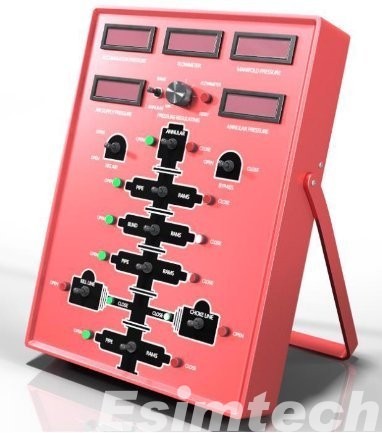
6. Training and Competency Development
Investing in training and competency development is essential for fostering a culture of safety and reliability among personnel involved in well operations. Providing comprehensive training programs on well control, integrity management, and emergency response procedures equips personnel with the knowledge and skills necessary to identify and respond to integrity threats effectively. Additionally, promoting a culture of collaboration and accountability encourages proactive communication and continuous improvement in wellbore integrity practices.
How Simulation Technology Used for Wellbore Integrity
Simulation technology plays a crucial role in assessing and ensuring wellbore integrity throughout the lifecycle of oil and gas wells. It provides a virtual environment to model various wellbore scenarios, analyze potential risks, and optimize operational parameters.
1. Drilling Simulation
Before drilling operations begin, engineers utilize drilling simulator to model the anticipated well trajectory, simulate drilling dynamics, and optimize drilling parameters such as bit weight, rotary speed, and mud characteristics. This helps identify potential challenges such as wellbore instability, formation damage, and borehole collapse, allowing operators to mitigate risks and ensure the integrity of the wellbore.
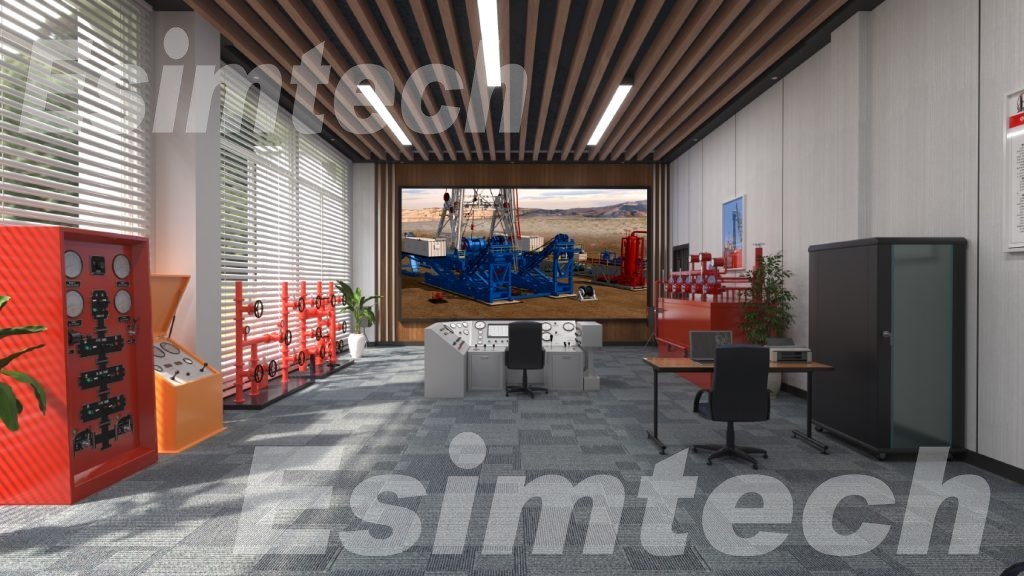
2. Hydraulic Fracturing Simulation
Hydraulic fracturing, or fracking, is a common technique used to stimulate production from oil and gas reservoirs. Simulation software allows engineers to model the fracturing process, predict fracture propagation, and optimize fracture design parameters such as injection rates, proppant concentration, and well spacing. By simulating different fracturing scenarios, operators can optimize wellbore integrity, maximize production rates, and minimize environmental impacts.
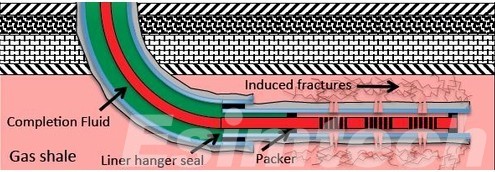
3. Cementing Simulation
Proper cementing is essential for ensuring zonal isolation and preventing fluid migration in the annular space between the casing and the formation. Cementing simulation software allows engineers to model cement slurry properties, placement techniques, and curing processes. By simulating the cementing process, operators can optimize cement placement, evaluate potential bonding issues, and ensure the integrity of the cement sheath surrounding the casing.
4. Wellbore Stability Simulation
Wellbore stability is critical for maintaining the structural integrity of the wellbore during drilling and production operations. Simulation technology enables engineers to model the geomechanical properties of the formation, analyze stresses and strains around the wellbore, and predict potential stability issues such as borehole breakout, mud loss, and differential sticking. By simulating different drilling scenarios and wellbore conditions, operators can optimize drilling parameters, select appropriate casing sizes, and minimize the risk of wellbore instability.
5. Integrity Management Simulation
Simulation technology is also used for wellbore integrity management, allowing operators to model various integrity threats such as casing corrosion, cement degradation, and annular pressure buildup. Integrating real-time monitoring data with predictive models allows operators to analyze the current status of wellbore integrity, predict future integrity threats, and devise proactive maintenance and remediation methods to ensure the well’s long-term integrity.
Conclusion
Ensuring wellbore integrity requires a multifaceted approach that combines innovative technologies, stringent best practices, and a culture of safety and accountability. Simulation technology is crucial for assessing, optimizing, and preserving wellbore integrity throughout the lifecycle of oil and gas wells. Investing in training and competency development increases personnel’s ability to address integrity concerns while maintaining the highest levels of safety and environmental protection in well operations.
